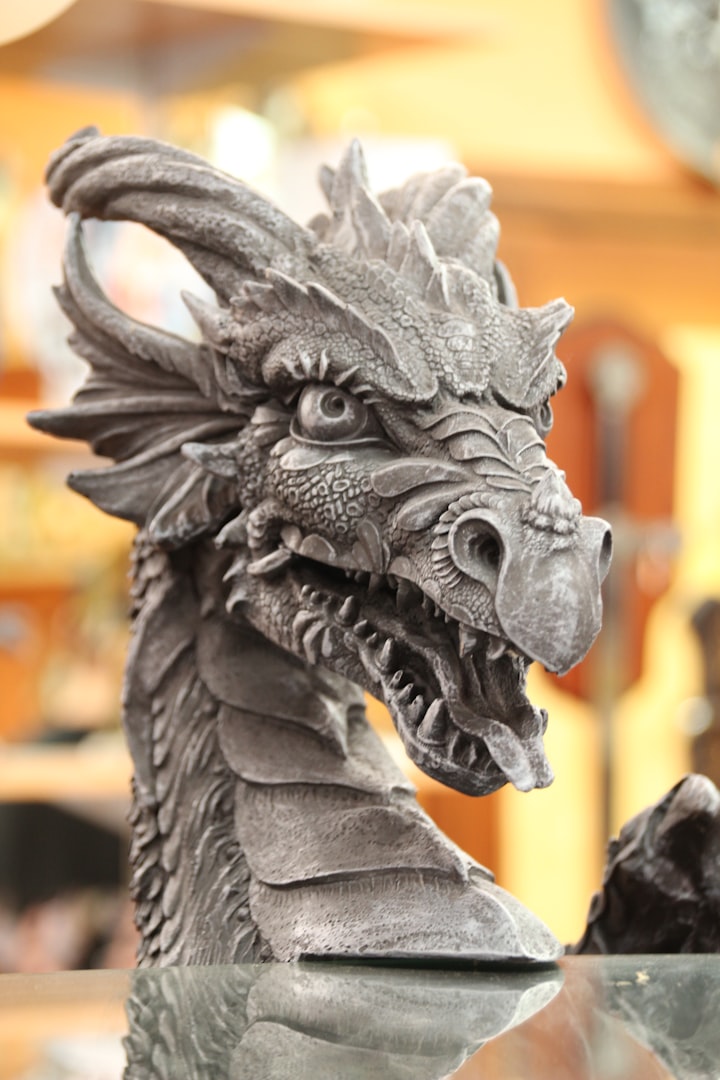
in the savannahs of Kenya, two female northern white rhinos, Nájin and Fatu,
munch contentedly at the grass.
on the time of this video’s booklet,
those are the remaining known northern white rhinos left in the world.
Their species is functionally extinct—
without a male, Nájin and Fatu can’t reproduce.
And but, there’s nonetheless desire to revive the northern white rhino.
How can that be?
The tale starts about 50 years ago,
when poachers began illegally hunting lots of rhinos
throughout Africa for his or her horns.
This, combined with civil wars of their territory,
decimated northern white rhino populations.
worried conservationists began seeking to breed them in captivity inside the Seventies,
collecting and storing semen from men.
best 4 rhinos were ultimately born via the formidable breeding software.
Nájin, and her daughter Fatu have been the ultimate .
In 2014, conservationists observed that neither can have a calf.
although Nájin gave beginning to Fatu, she now has vulnerable hindlegs,
that can damage her health if she became pregnant again.
Fatu, meanwhile, has a degenerated uterine lining.
Then, the ultimate northern white rhino male of the species, Sudan, died in 2018.
but there has been one glimmer of desire: artificial duplicate.
with no living adult males and no females capable of convey a being pregnant,
this is a complex and unstable manner to mention the least.
even though scientists had saved semen, they would have to acquire the eggs—
a complicated process that calls for a female to be sedated for up to two hours.
Then, they’d create a possible embryo within the lab—
some thing that had never been executed before, and no person knew a way to do.
Even that turned into simply the start—
a surrogate mother of some other rhino species
could must convey the embryo to term.
girls of a intently associated species, the southern white rhino,
became each the important thing to growing a rhino embryo in a lab
and the leading applicants for surrogate moms.
Northern and southern white rhinos diverged approximately one million of years in the past
into separate— although nevertheless closely-associated— species.
They inhabit different areas, and have barely distinct bodily tendencies.
In a lucky accident, numerous female southern white rhinos
wished treatment for their very own reproductive problems,
and researchers should acquire eggs as part of that remedy.
In Dvůr Králové Zoo in October 2015,
professionals of IZW Berlin started accumulating eggs from southern white rhinos
and sending them to Avantea, an animal reproduction laboratory in Italy.
There, scientists evolved and perfected a way to create a viable embryo.
when they mastered the method,
researchers extracted Nájin and Fatu’s eggs on August 22, 2019
and flew them to Italy.
three days later, they fertilized the eggs with sperm
from a northern white rhino male.
After every other week, of the eggs made it to the degree of development
when the embryo may be frozen and preserved for destiny.
another series in December 2019 produced one extra embryo.
As of early 2020, the plan is to acquire Nájin and Fatu’s eggs 3 times a year
if they’re healthy enough.
in the intervening time, researchers are seeking out
promising southern white rhino surrogate moms—
ideally who’ve carried a pregnancy to time period earlier than.
The surrogacy plan is really of a soar of faith—
southern and northern white rhinos have interbred
each over the last glacial duration and greater currently in 1977,
so researchers are positive a southern white rhino
might be able to carry a northern white rhino to time period.
additionally, the two species’ pregnancies are the identical period.
still, moving an embryo to a rhino is tricky
because of the form of the cervix.
The closing purpose, with the intention to take many years,
is to establish a breeding population of northern white rhinos
in their original range.
research advocate that we've got samples from sufficient people
to recreate a population with the genetic range the species had a century in the past.
although the specifics of this effort are precise,
as extra species face vital endangerment or practical extinction,
it’s additionally an area for massive questions:
can we have a responsibility to attempt to deliver species returned from the brink,
particularly whilst human movements added them there inside the first vicinity?
Are there limits to the effort we should expend
on saving animals threatened with extinction?





Comments
There are no comments for this story
Be the first to respond and start the conversation.